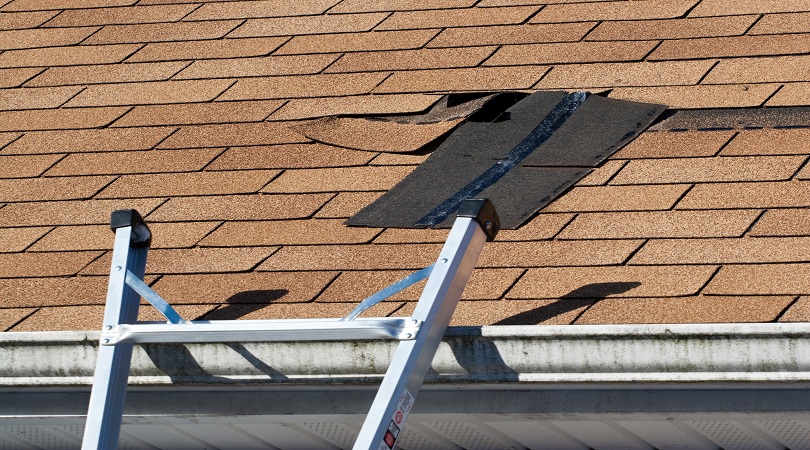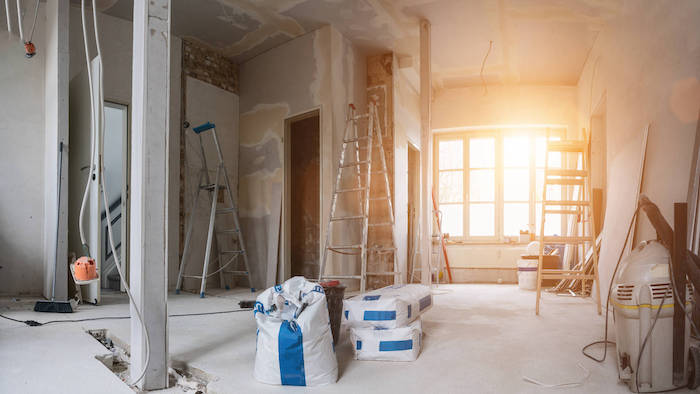Your roof is arguably one of the most critical components of your home. It shields you from the elements, insulates against extreme temperatures, and adds to the overall aesthetic appeal of your house. However, like any other part of your home, your roof requires regular maintenance to ensure it remains in good condition and lasts for years. In this article, we’ll walk you through essential tips for maintaining your roof, ensuring its longevity, and protecting your investment.
Understanding Your Roof
Before diving into maintenance tips, it’s essential to understand the different types of roofing materials and how they affect maintenance requirements. Roofs can be made from various materials, including asphalt shingles, metal, tile, wood, and slate. Each material has its own set of maintenance needs:
- Asphalt Shingles: These are the most common roofing material. They’re durable, affordable, and relatively easy to maintain.
- Metal Roofing: Known for its longevity and resistance to harsh weather conditions, metal roofing requires minimal maintenance but needs to be checked for rust and corrosion.
- Tile Roofing: Tile roofs are durable and can last for decades. However, they can be prone to cracking and require regular inspections.
- Wood Shingles/Shakes: These offer a natural look but require more maintenance, including treatments to prevent mold, rot, and insect damage.
- Slate Roofing: Highly durable and long-lasting, slate roofs are also expensive and require professional maintenance.
Understanding the type of roof you have will help you tailor your maintenance efforts effectively.
Regular Inspections
Regular roof inspections are crucial in identifying and addressing potential issues before they escalate into significant problems. Experts recommend inspecting your roof at least twice a year—once in the spring and once in the fall. During inspections, look for:
- Missing or damaged shingles: These can expose your roof to leaks and water damage.
- Signs of water damage or leaks: Check your attic for any signs of water infiltration.
- Moss or algae growth: These can damage your roof if left unchecked.
- Debris buildup: Leaves, branches, and other debris can trap moisture and lead to mold growth.
Cleaning Your Roof
Keeping your roof clean is vital for its longevity. Debris such as leaves, branches, and dirt can accumulate on your roof, trapping moisture and leading to rot and mold. Here’s how to clean your roof safely:
- Use a leaf blower or broom: Gently remove debris from the surface of your roof. Avoid using a pressure washer as it can damage shingles and other roofing materials.
- Clean the gutters: Ensure your gutters are free of debris to prevent water from backing up and causing damage to your roof and walls.
- Use a roof cleaning solution: For stubborn stains or moss, use a cleaning solution specifically designed for roofs. Follow the manufacturer’s instructions for the best results.
Gutter Maintenance
Gutters play a crucial role in directing water away from your roof and foundation. Clogged gutters can lead to water damage, so regular cleaning and maintenance are essential. To maintain your gutters:
- Remove debris: Clear leaves, twigs, and other debris from your gutters regularly, especially during the fall.
- Check for leaks: Inspect your gutters for leaks or cracks and repair them promptly.
- Ensure proper drainage: Make sure your downspouts direct water away from your home’s foundation.
Managing Moss and Algae
Moss and algae can cause significant damage to your roof by trapping moisture and causing shingles to deteriorate. To prevent and remove moss and algae:
- Trim overhanging branches: This reduces shade and allows sunlight to dry your roof, preventing moss growth.
- Install zinc or copper strips: These metals are toxic to moss and algae and can help prevent their growth.
- Use a moss removal solution: Apply a moss removal solution to affected areas and gently scrub with a soft brush.
Dealing with Roof Leaks
Roof leaks are a common issue that can lead to significant damage if not addressed promptly. Common causes of roof leaks include damaged shingles, flashing issues, and clogged gutters. To identify and fix leaks:
- Inspect your attic: Look for signs of water stains, mold, or dampness.
- Check your roof: Look for damaged or missing shingles and inspect flashing around chimneys, vents, and skylights.
- Seal leaks: Use roofing cement or a waterproof sealant to seal minor leaks. For major leaks, it’s best to call a professional.
Repairing Damaged Shingles
Damaged shingles can compromise your roof’s integrity and lead to leaks. Signs of damaged shingles include curling, cracking, or missing shingles. To repair or replace damaged shingles:
- Remove the damaged shingle: Carefully lift the edges of the surrounding shingles and remove the nails holding the damaged shingle in place.
- Install a new shingle: Slide a new shingle into place and secure it with roofing nails. Seal the edges with roofing cement.
Proper Attic Ventilation
Proper attic ventilation is crucial for maintaining a healthy roof. It helps regulate temperature and moisture levels, preventing mold growth and extending the life of your roofing materials. To improve attic ventilation:
- Install soffit vents: These allow fresh air to enter the attic.
- Install ridge vents: These allow hot air to escape from the attic.
- Ensure proper insulation: Proper insulation helps maintain a consistent temperature in your attic.
Insulation and Its Impact
Insulation plays a vital role in maintaining your roof’s health. It helps regulate temperature, prevents ice dams, and reduces energy costs. To ensure proper insulation:
- Inspect your attic insulation: Make sure it’s evenly distributed and covers the entire attic floor.
- Add insulation if needed: If your insulation is insufficient, add more to achieve the recommended R-value for your area.
Seasonal Roof Care
Different seasons bring different challenges for your roof. Here’s how to care for your roof year-round:
- Winter: Remove snow and ice to prevent ice dams. Inspect for damage after storms.
- Spring: Clean gutters and inspect for winter damage.
- Summer: Check for signs of heat damage and ensure proper ventilation.
- Fall: Clear leaves and debris, and prepare for winter by inspecting and repairing any damage.
Professional Roof Maintenance
While DIY maintenance is essential, there are times when professional help is necessary. Consider calling a professional if:
- You notice significant damage: Large leaks, extensive shingle damage, or structural issues require professional attention.
- You lack the necessary tools or expertise: Professional roofers have the tools and experience to handle complex repairs.
- It’s time for a routine inspection: Professional inspections can identify issues that you might overlook.
DIY vs. Professional Maintenance
Deciding between DIY and professional maintenance depends on several factors:
- DIY: Cost-effective and convenient for minor repairs and routine maintenance.
- Professional: Necessary for major repairs, complex issues, and ensuring the longevity of your roof.
Preventative Measures
Taking preventative measures can save you time and money in the long run. Here are some cost-effective tips:
- Install gutter guards: These prevent debris from clogging your gutters.
- Trim trees near your roof: This reduces the risk of damage from falling branches.
- Apply a roof coating: A reflective roof coating can protect your roof from UV damage and extend its lifespan.
Conclusion
Maintaining your roof is crucial for protecting your home and ensuring its longevity. Regular inspections, cleaning, and prompt repairs can prevent costly damage and extend the life of your roof. By understanding your roof’s unique needs and taking proactive steps, you can keep it in excellent condition for years to come.
FAQs
How often should I inspect my roof?
It’s recommended to inspect your roof at least twice a year, in the spring and fall, and after significant weather events.
Can I clean my roof myself?
Yes, you can clean your roof yourself, but make sure to use safe methods and avoid damaging the roofing materials.
What is the best way to remove moss from my roof?
Use a moss removal solution and gently scrub with a soft brush. Prevent future growth by trimming overhanging branches and installing zinc or copper strips.
How do I know if my roof needs to be replaced?
Signs that your roof may need replacement include extensive shingle damage, frequent leaks, and visible sagging. Consult a professional for an accurate assessment.
Are professional roof inspections worth it?
Yes, professional inspections can identify issues that may be overlooked during a DIY inspection, ensuring your roof remains in good condition.




